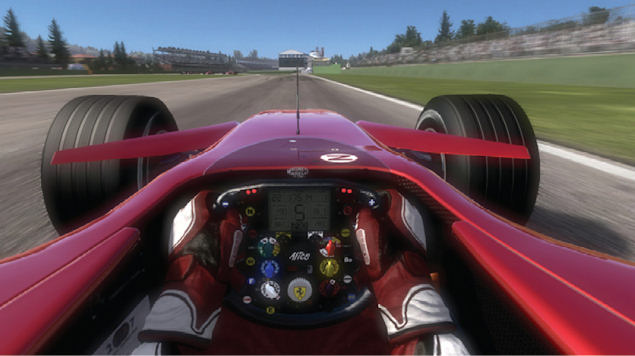


Indeed, NEDC values will be used to assess the average CO2 emissions of cars registered in the EU throughout 2020. Until the end of 2020, both fuel consumption and CO2 emission values in WLTP and NEDC will be present in the vehicle documents. The WLTP applies to new passenger car models from 1 September 2017, to all passenger cars registered from 1 September 2018 and is mandatory for all EU Member States. The WLTP procedure will gradually replace the NEDC procedure. The procedure also takes into account all vehicle’s optional contents that affect aerodynamics, rolling resistance and vehicle mass, resulting in a CO2 value that reflects the characteristics of the single vehicle. These parts of the cycle simulate urban and suburban driving and driving on extra-urban roads and motorways. The WLTP test consists of four parts depending on the maximum speed: Low (up to 56.5 km/h), Medium (up to 76.6 km/h), High (up to 97.4 km/h), Extra-high (up to 131.3 km/h). The distance travelled doubles from 11 to 23.25 kilometers. The maximum speed increases from 120 to 131.3 km/ h, the average speed is 46.5 km/h and the total cycle time is 30 minutes, 10 minutes more than the previous NEDC. The new WLTP procedure is characterized by a more dynamic driving profile with more significant acceleration.

The new protocol aims to provide customers with more realistic data, better reflecting the daily use of the vehicle. WLTP procedure: WLTP uses new Worldwide harmonised Light-duty vehicle Test Cycles (WLTC) to measure fuel consumption, CO2 and pollutant emissions from passenger cars and light commercial vehicles. The average speed of the NEDC is only 34 km/h, accelerations are low and the maximum speed is just 120 km/h. However, the composition of this cycle is no longer consistent with current driving styles and distances travelled on different types of roads. In 1992 it was also considered to have an extra-urban phase and since 1997 it has been used for measuring consumption and CO2 emissions. The first European driving cycle came into force in 1970 and referred to an urban route. NEDC (New European Driving Cycle): it has been the European driving cycle used so far for the measurement of fuel consumption and emissions from passenger cars and light commercial vehicles. On 1 September 2017, the new Worldwide harmonised Light-duty vehicle Test Procedure (WLTP) came into force in Europe and will gradually replace the New European Driving Cycle (NEDC) protocol. This is important because only a laboratory test, which follows a standardized and repeatable procedure, allows consumers to compare different car models. In this way, the tests are reproducible and the results comparable. The tests to assess fuel consumption, CO2 and pollutant emissions are carried out in the laboratory and are based on specific driving cycles.


 0 kommentar(er)
0 kommentar(er)
